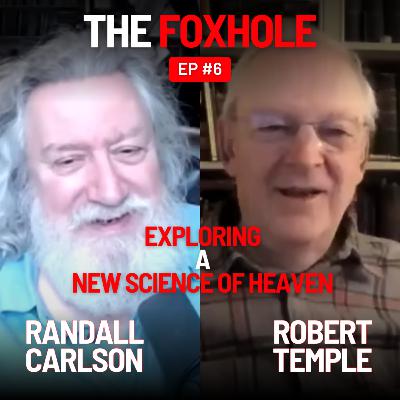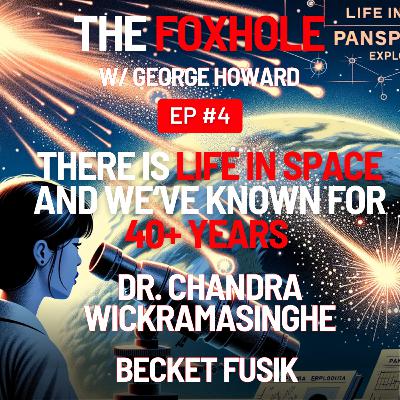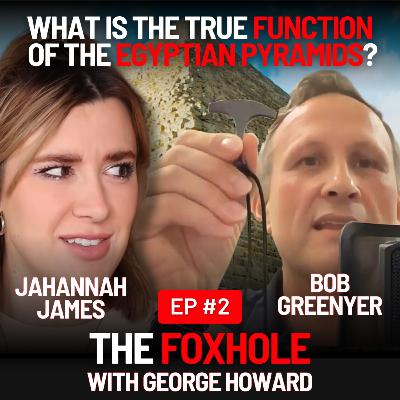Backyard in Louisiana is the First Sign of the Perkins Plasma Plume from Space
Description
Perkins Plume: the first Younger Dryas Event crater reported by the Comet Research Group.A profoundly important 12,800-year-old depression has been identified in Louisiana—right in a family’s backyard. Dubbed the “Perkins Plume,” this site is presented as the first confirmed plasma-plume touchdown from the Younger Dryas Event since Leonid Kulik tied ground effects to the 1908 Tunguska airburst. Most cosmic debris vaporizes before impact at hypersonic speeds (tens of thousands of mph); in this case the heat did reach the surface.In this episode of The Cosmic Tusk Podcast (formerly The Foxhole Podcast), George Howard talks with Robert Fitzenreiter, the citizen scientist who first reported the backyard feature to the Comet Research Group in 2013. This June international team published that the site records an “airburst” where a ~7,000°F plume of super-heated plasma struck the ground—leaving behind an extraordinary assortment of space-melted materials across the Fitzenreiter farm.We dig into:• What the Perkins Plume is and why it matters to the Younger Dryas debate• How citizen science sparked a multi-year investigation• The evidence for a high-temperature plasma plume• Why mainstream geology won’t touch it—and what would change their minds• Where the other ~5,000 expected plumes might be hidingRead the science:Primary paper (Perkins Plume): https://www.scienceopen.com/hosted-document?doi=10.14293/ACI.2025.0004Plasma-plume modeling: https://www.scienceopen.com/hosted-document?doi=10.14293/ACI.2024.0004Follow for more conversations at the front lines of the Younger Dryas Impact Hypothesis.













